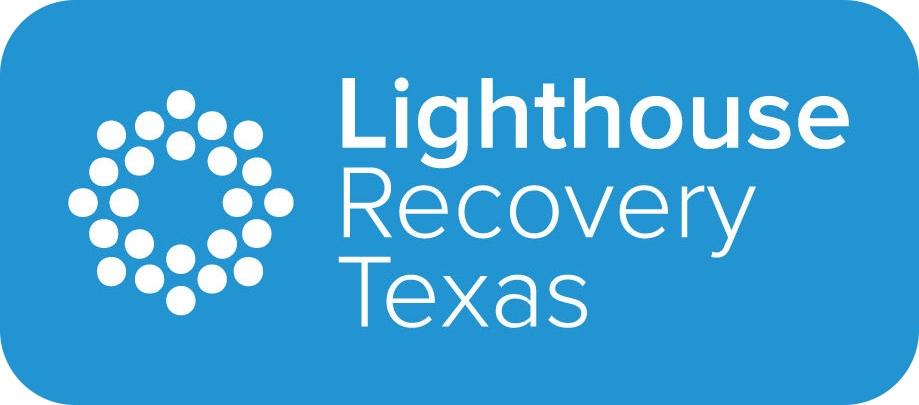Addiction comes in two primary forms: substance use and behavioral. A substance use disorder (SUD) refers to an addiction that involves a substance that’s consumed. It’s a relatively new term in medicine that allows medical professionals to differentiate between mild, moderate and severe addiction based on a set of criteria.
Addiction is different for everyone, but there are some types of substance use disorders that are more common than others. The substances below are among the most commonly abused drugs, all of which can be treated at an addiction recovery center.
Nicotine
At one time people had very little understanding of how dangerous nicotine is, including its addictive properties. This was the case in 1954 when 45% of Americans smoked cigarettes.
Nicotine is a compound in tobacco. Like other addictive substances, nicotine causes dopamine production in the brain, which reinforces the behavior of smoking. It produces dopamine quickly, putting it on par with cocaine and opioids. But that isn’t the only reason nicotine is highly addictive. The chemical causes mental, physical and behavioral addiction all at once. There is conscious desire, physical cravings and habitual behaviors involved with smoking cigarettes.
Just like with drugs, people are likely to relapse when they try to quit. Only 6% of smokers are able to quit even though nearly half attempt to stop smoking each year. The success rate would likely be much higher if tobacco smokers sought out assistance at an addiction treatment center.
Alcohol
Alcohol consumption is common in the United States. Over 85% of American adults will drink alcohol at some point in their lives. Consuming some types of alcohol occassionally in moderation can be healthy, but many people go far beyond that limit.
Of the people who have consumed alcohol, more than 25% report binge drinking in the past month. And 6.3% of people who consume alcohol are considered heavy users. In 2019 the National Survey on Drug Use and Health (NSDUH) reevaled that 5.3% of Americans 12 and older have alcohol use disorder (AUD). That’s about 15 million people. Because AUD is one of the most common forms of substance abuse, many addiction treatment centers are equipped to treat it.
Marijuana
The fact that marijuana has medicinal benefits for some people has led to a lot of debate about the safety of the plant. Research over the years has also cleared up several misconceptions about marijuana use. The real issue is tetrahydrocannabinol, better known as THC. It’s a psychoactive chemical compound that affects the brain in ways beyond producing dopamine.
THC binds to natural cannabinoid receptors in the brain. This produces the high feeling that affects mood, feelings and pain. Given that marijuana can be consumed in it’s natural form and states are legalizing it for recreational use, it’s not surprising the latest surveys find that a record number of people are using marijuana across the country. The 2019 NSDUH found that 46% of U.S. adults had used marijuana at some point. In a Gallup poll from the same year 49% of adult respondents said they had used marijuana.
What a lot of people don’t understand is that marijuana can be addictive. It’s even possible for a person to feel withdrawal symptoms in the first week of quitting. It may not be perceived to be as dangerous as other drugs, but marijuana addiction can still lead to negative consequences or further drug use.
Opioids
The opioid crisis has claimed hundreds of thousands of lives in the U.S. In 2020 alone there were 68,630 deaths due to opioid overdose.That’s over two thirds of the total number of drug overdose deaths. The introduction of fentanyl has made treating opioid addiction an even more urgent matter. This synthetic opioid is up to 100 times stronger than morphine and is highly lethal.
Opioids are extremely potent and highly addictive. It’s estimated that 15 million people are addicted to opioids. Not surprisingly, opioid treatment is one of the most common requests at Dallas addiction centers. Whether it’s prescription medications or heroin, opioid abuse is costing us dearly at every level.
Methamphetamines
In the Dallas area, methamphetamines are the biggest issue for the metro’s DEA Field Division. Most Dallas addiction centers would agree. But the problem isn’t isolated to DFW. All major metros in Texas report methamphetamine as posing the biggest threat.
Methamphetamine is a psychostimulant that is extremely addictive. It’s normal for people to become addicted after just a few uses. While not as common as opioids, methamphetamine use has increased in recent years, and now 12.3 million people in the U.S. use the drug. Compared to some other narcotics, methamphetamine is expensive and can lead to financial issues in a short amount of time.
Cocaine
Cocaine is another one of the biggest drug threats in Dallas-Fort Worth. It’s long been one of the most commonly used narcotics, and one of the key causes of overdose deaths. The number of people who have used cocaine, which includes the more potent crack-cocaine, is slowly declining. However, the rate of use is still high. In 2020, 14.2% of U.S. residents 12 and older reportedly used cocaine at some point.
Users get a dopamine high from cocaine when it enters the bloodstream by way of snorting, inhaling or injecting. But that high comes at a cost. In addition to possibly becoming addicted, using cocaine can cause organ damage and problems in the olfactory system.
If you’re searching for a Dallas addiction center that provides holistic care to address all aspects of an SUD you can find it at Lighthouse Recovery. We have treatment programs for every substance that are customized to each unique individual. Search for information on a specific substance or schedule a free assessment with a trained professional.





